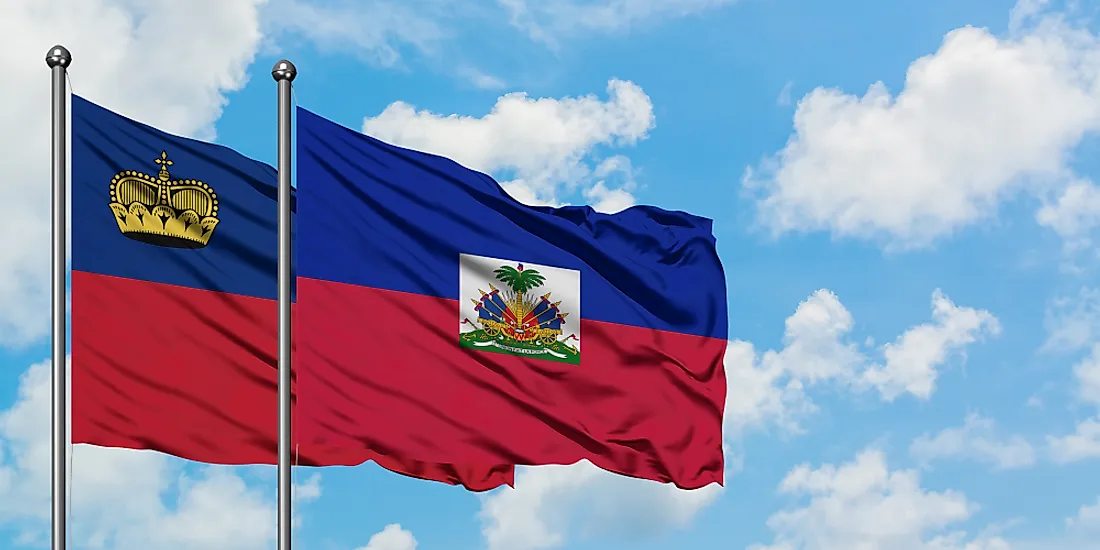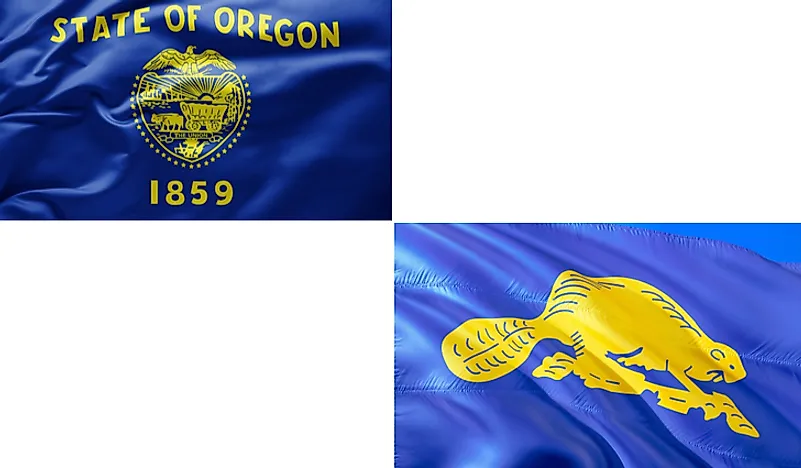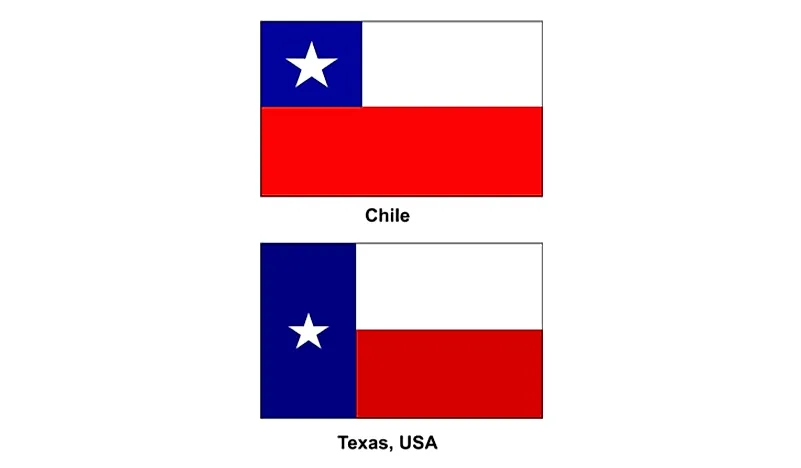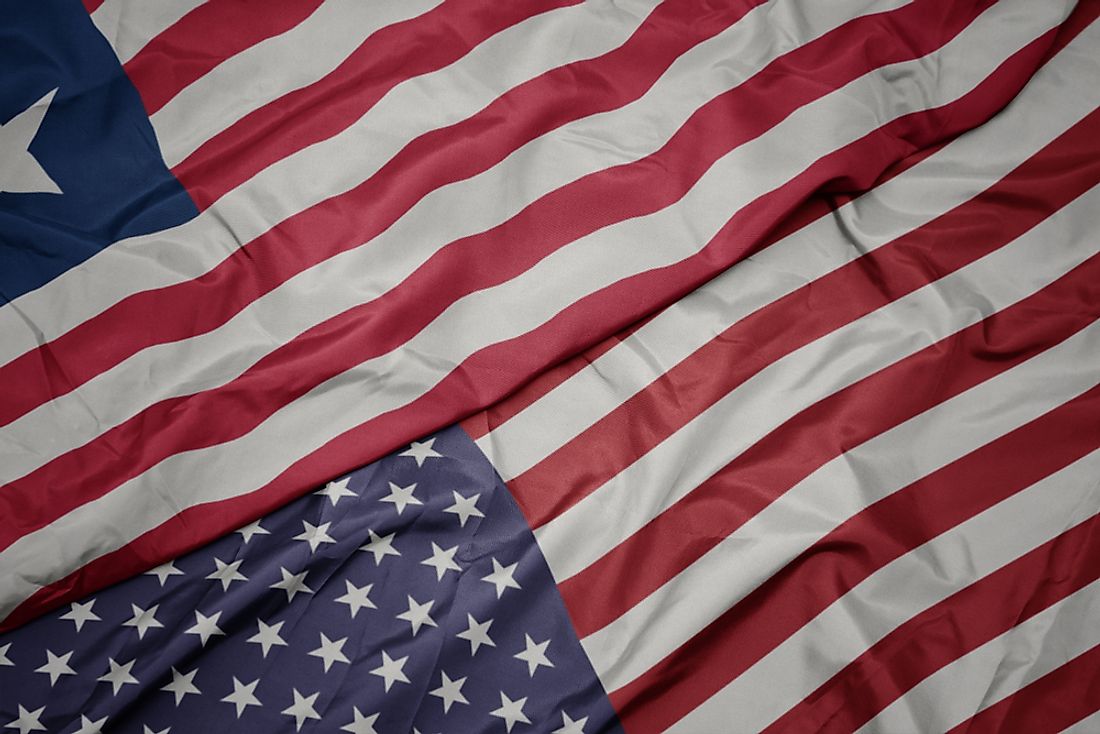The fields of the two triangles are crimson red, inspired by the color of the rhododendron which is the national flower of Nepal. They are enclosed by a deep blue border. The upper pennant bears the symbol of a rising sun on a horizontal crescent moon while the lower triangle, which is larger, depicts a twelve-rayed sun. Both signs are white. The flag is known as the Triangle Flag. It was officially adopted on December 16, 1962, when a new constitutional government was formed in Nepal. However, it is believed that the triangular design of the Nepali Flag has existed for more than 2,000 years.
The two triangles portray the Himalaya Mountains, which bear great importance to the people of Nepal. The celestial bodies illustrated in the red fields are a symbol of permanence, indicating that Nepal will last as long as the moon and the sun. The moon is also a representation of the soothing and calm nature of the Nepalese while the sun portrays their fierce resolve. The crimson color of the two fields symbolizes the brave spirits of the people of Nepal, while the thick blue border represents peace and harmony. The Nepalese people also interpret the shape of the Nepali Flag as a symbol of a Nepalese pagoda.
The designer of the current Nepali flag is unknown, but the Nepalese people believe that the earlier version of the flag came into use as the official flag of unified Nepal when Prithvi Narayan Shah conquered Kathmandu Valley. Prithvi was a ruler of the Shah Dynasty, and the first king of the Hindu Kingdom of Nepal founded in 1768. However, according to Professor Daya Ram Shrestha who was honored with the Madan Puraskar award in 1997 for his book on the history of the Nepali Flag, the unique double triangle banner was first used in the country 1,500 years ago by King Lichchhavi Mandev and his followers.
The old version of the national flag of Nepal resembled the current version, with the exception that the white emblems of the sun and moon depicted human faces. In the earlier design, the crescent moon on the upper triangle had eleven rays and a human face sitting atop while the 1962 version has a smooth crescent moon with an eight-rayed sun on top of it. The earlier design also had a sixteen-rayed sun with a human face on the inside, but it was replaced by a 12 pointed sun in the current design. Another difference between the two flags is that the blue border did not extend to the fly as it does in the current version.
This page was last modified on May 1st, 2018
More on Graphicmaps

Published on 2019-11-06
What is a Trade Embargo?

Published on 2019-11-04
Which Two Countries Used to Have the Same Flag?

Published on 2019-09-16
What Is the Only Two-Sided State Flag?

Published on 2019-09-16
Which Country Flag Looks Like the Texas Flag?

Published on 2019-08-29
Flags That Resemble the US Flag

Published on 2019-08-20
